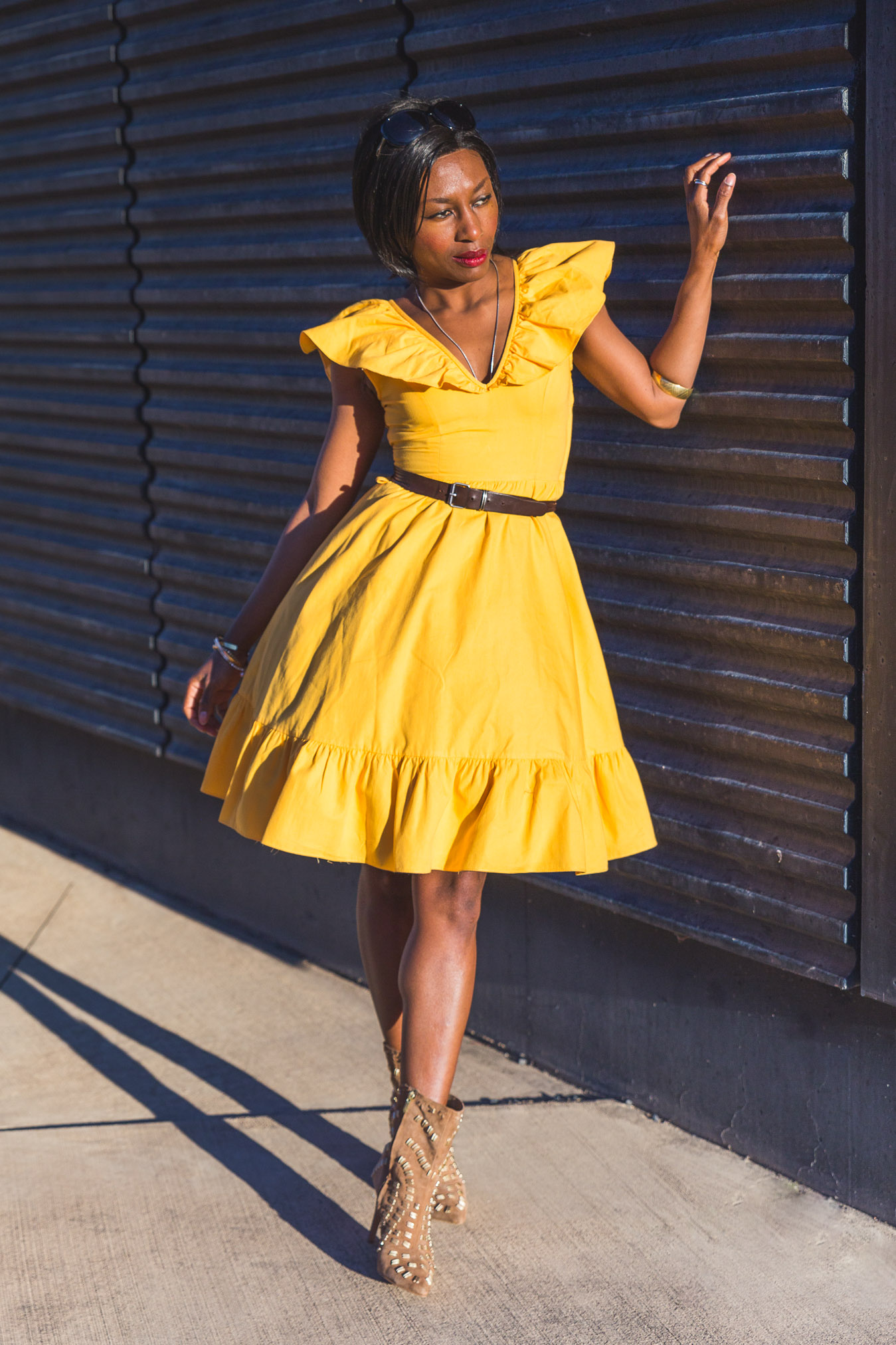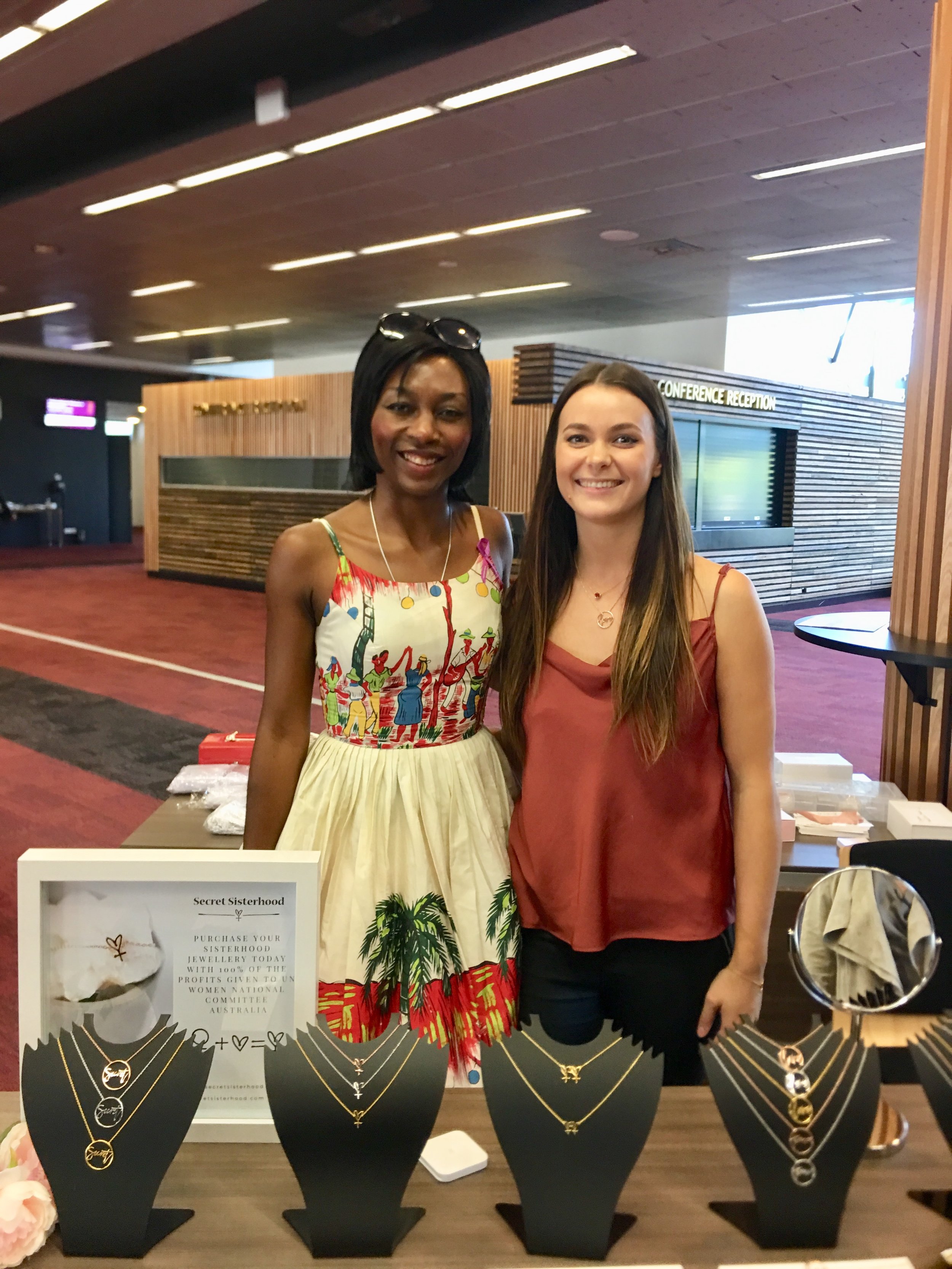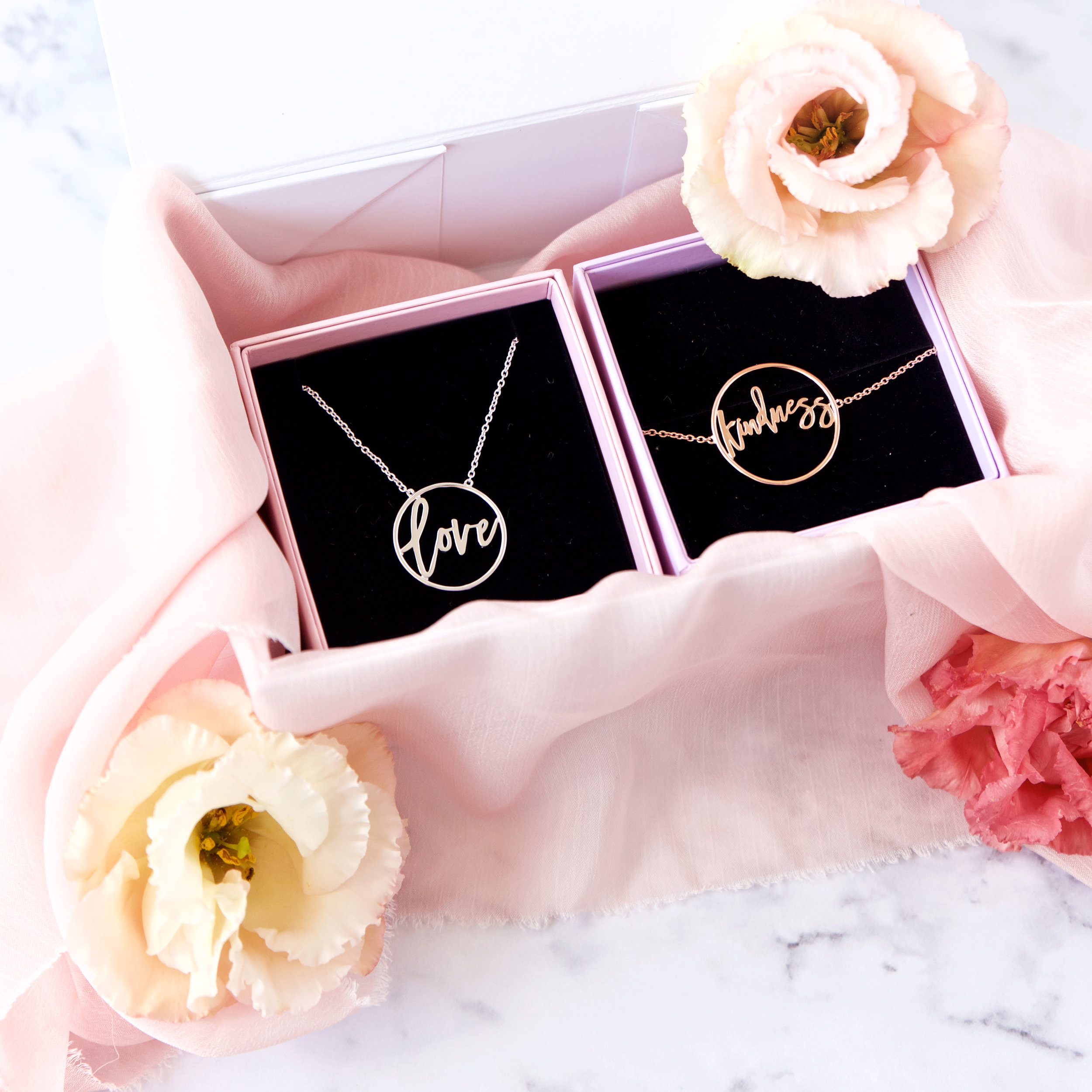Water Pollution
Waste water containing toxic chemicals like lead, arsenic and mercury are pumped into the rivers and seas of the developing countries where they are produced from the factories. This is hazardous to the millions of people living in those areas as well as aquatic life. From the seas, this toxicity eventually spreads round the world.
Toxic Chemical Pollution
Dyes, bleaches and other toxic chemicals are used in the production of clothing. These chemicals containing toxins, carcinogens and hormone disruptors remain on the clothing that we are sold in retail stores. Our skin is the largest organ of the body and the chemicals on our clothes can be absorbed through the skin, making this a real health hazard causing illness and potentially infertility. It’s advisable to wash all new clothes before wearing them.
The widespread use of chemicals, fertilisers and pesticides for cotton farming has been causing diseases and the early death of thousands of people for years in communities where they are used. In addition to soil degradation, massive freshwater bodies and the oceans have been polluted by these chemicals.
Microfibre (Plastic) Pollution
Synthetic fabrics (mostly plastic) are the most commonly used fabric in contemporary fashion. When washed, a polyester garment will shed 1,900 non-biodegradable microfibres that wash into the waters and eventually into the oceans. Microfibres constitute 85% of plastic pollution along shorelines. In addition to increasing oceanic plastic pollution, it’s a threat to aquatic life. Plastic absorbs chemicals. Small aquatic creatures eat the microfibres which eventually make their way up the food chain and onto our food plates, laced with carcinogenic chemicals. It’s best to opt for natural fabrics.
Soil Degradation
This is a huge environmental issue as it has an impact on both global food security and global warming. Healthy soil absorbs CO2 and it’s crucial for the ecosystem. Through the plentiful use of chemicals, deforestation and overgrazing of pastures from sheep and goats raised for wool production, the fashion industry has increased soil degradation.
Landfill Pollution
Currently we consume about 400% more clothing every year than we did 20 years ago with 80 billion new pieces every year, globally. In Australia, 85% of our new textiles end up in landfill every year and we throw out 6,000 kilos of fashion waste every 10 minutes. This waste epidemic is because of fast fashion. Profit-driven fashion retailers use clever marketing for massive brainwashing so that in spite of having full wardrobes, shoppers feel they need to always have the latest trends. We can’t keep up with the cycle of trends, and nor can we consume at the rate at which we’re buying so we throw out many of our clothes. My solution; we need to GET OFF THE FASHION TRENDMILL and ignore the trend altogether.
Solutions
We’re beyond the point of needing positive change in this area. Whether or not you’re a follower of the latest trends, much of the stock in conventional retail stores are based on short fashion trends with synthetic fabrics that will be replaced by the next cycle in a small period of time.
Each garment has a story and a journey and it’s wonderful when you cherish it and look after your clothes for the long term. As a stylist, I recommend buying clothes that fit your colouring, body shape, personality and lifestyle instead of trends so that you love them for much longer. In all cases, natural fabrics are the best option. Three basic things you can do to build a sustainable wardrobe are
1. Before you buy, ask yourself if you really need it and how often you will use the garment. If it’s for one occasion, short term or just to feel good in the moment, consider, hiring or borrowing instead.
2. Buy new from Ethical Labels. These are the brands that go far as they can to ensure everyone in the supply chain is paid a fair wage and minimal damage is done to the environment in manufacture and if possible, disposal. Use apps like Good on You to identify ethical brands.
3. Buy Preloved. Shop at op shops, markets, clothes swaps, garage sales, hand-me-downs, eBay, Carousell and other online second-hand platforms.



























